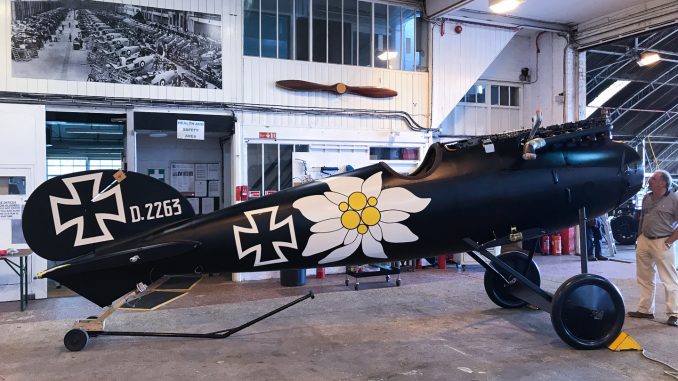
Fresh out of its shipping container from New Zealand, a magnificent Albatros D.Va biplane fighter has just arrived at the Shuttleworth Collection in Old Warden, Bedfordshire. A team of technicians from Flying Restorations will re-assemble this painstakingly accurate replica which sports an authentic, period Mercedes D.IIIa engine. They expect to have her ready to fly again in the coming weeks. This aircraft is one of several faithful replicas of WWI-era combat aircraft replicated over the past decade in New Zealand by The Vintage Aviator Ltd. (now fully active again following a period of reorganization). The aircraft is owned by Oliver Wulff, but is on loan to the WW1 Aviation Heritage Trust who will operate the Albatros out of Old Warden and likely at several other sites in England, such as the historic WWI aerodrome at Stowe Maries. Now registered as G-WAHT, the beautiful biplane fighter was previously listed as ZK-ALB in New Zealand and is of 2017 manufacture.

The Albatros wears an overall black scheme, with a large edelweiss on its sides. This livery was the signature emblem for the German ace Otto Kissenberth, whom the WW1 Aviation Heritage Trust describes as follows…
“The black Albatros with the huge Edelweiss is the steed of Otto Kissenberth who was born in Landshut, Bavaria. He worked at Otto-Flugzeugwerke (no relation) before the war and entered the air service as soon as hostilities commenced. Early in the war he flew Pfalz and Fokker monoplanes and then Albatros’ in Royal Bavarian Jasta 16b and chalked up 6 victories before taking command of Royal Bavarian Jasta 23b on 4 August 1917, where he would win his remaining 14 victories. Seriously injured after crashing his captured Sopwith Camel on 29 May 1918, Otto never returned to combat but commanded a flying school until the Armistice and would die in a mountaineering accident in August 1919 aged 26. Unusually there is no radiator shutter handle for the Daimler Mercedes radiator. Otto flew at least 3 different Albatros DVs marked with his large edelweiss, as well as an Albatros DVa, Pfalz DIIIa and Roland DVla.”
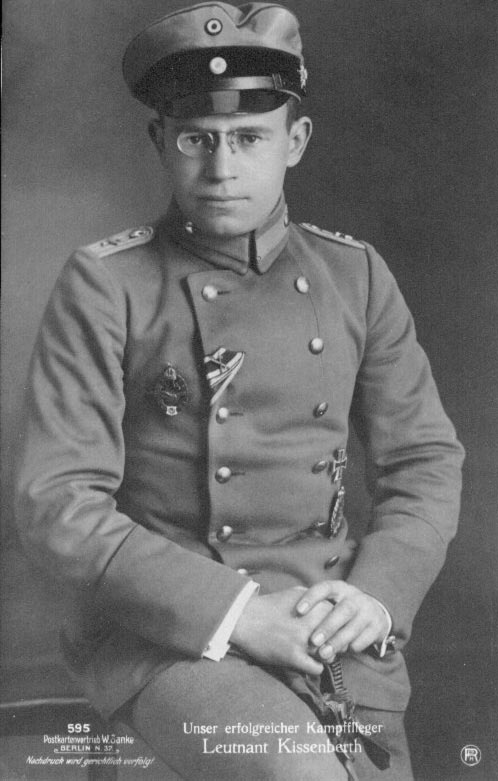
Oddly enough, the Sopwith Camel which Kissenberth crashed on May 29th, 1918 had actually been his 20th, and final victory… he had himself shot this very aircraft down just nine days earlier!


With the replica Albatros now safely at Old Warden, it will likely take part in the significant displays coming this November to celebrate the Centenary for the end of WWI. Watch this space!
Update 26 September, 2018:
The Albatros is now fully re-assembled and installed in Hangar One, where the Shuttleworth Collection keeps the majority of their airworthy WWI-era aircraft. The engineers at the time of our reporter’s visit stated that the aircraft may go outside for some engine runs in the coming week, but that no flights will take place until the paperwork is completed.

With many thanks to George Land for the accompanying photographs of the Albatros at Old Warden.


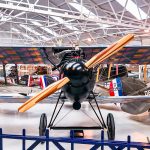
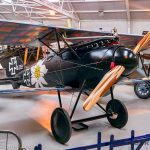
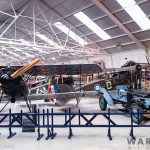
Be the first to comment
Graphic Design, Branding and Aviation Art